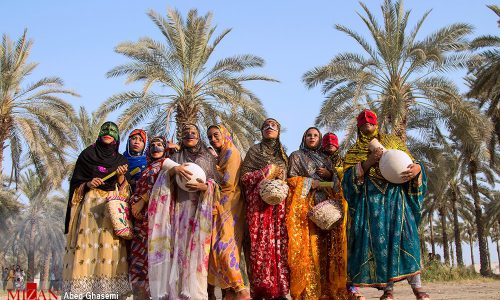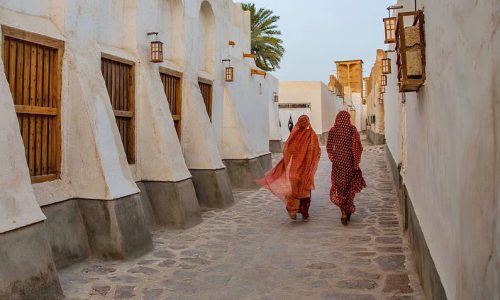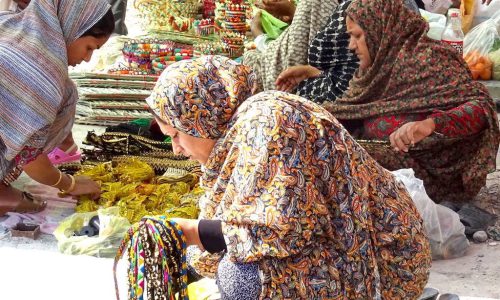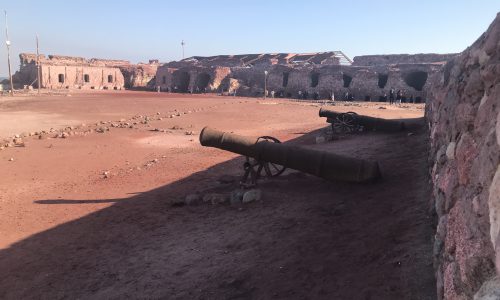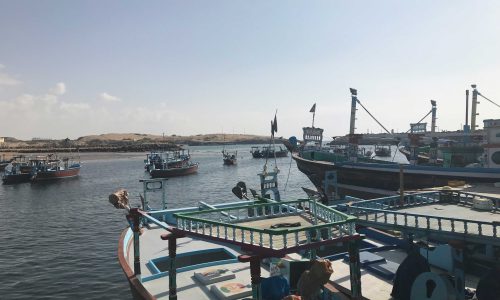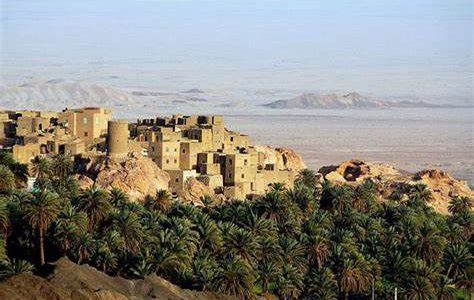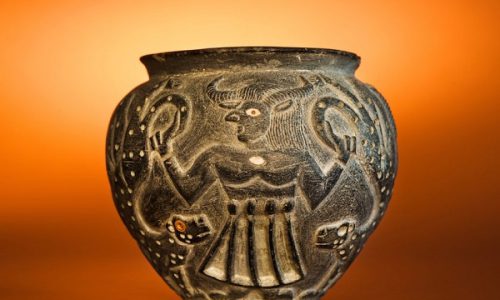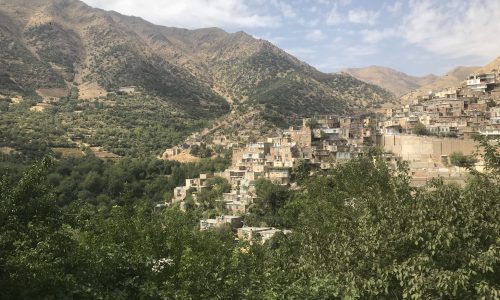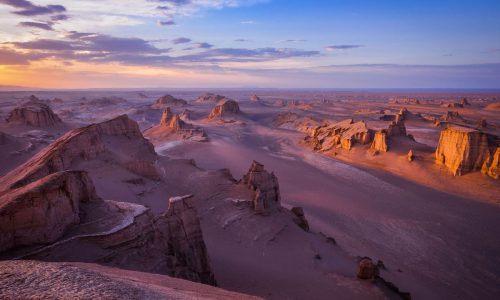The 5000-year-old civilization of Jiroft is one of the most unknown and mysterious human civilizations, which represents the civilization of several thousand years of Iran. The city of Jiroft in the south of Kerman province is famous for its fertile lands, abundant water and diverse climate. Agricultural production is booming in this city. But in the last decade, there has been a drought in the city and it has become difficult for the villagers to make a living.
The story of discovering Jiroft started when a farmer found a part of a bowl while he was plowing the land and thought he had encountered a treasure. From then on, the villagers dug up land and found historical objects and sold them to cultural heritage smugglers for a small price.
It was not until after a year and a half when Cultural and Heritage Organization of Iran found about this and invited Dr. Majidzadeh from France to excavate the historical area. In addition to excavating the area, he was able to recover many items that were still in the villagers’ homes.
Dr. Majidzadeh published photographs of Jiroft civilization and information about it for the first time in 2003. According to the archaeological findings on this site, the oldest antiquities in this area date back to more than 5000 years ago.
Jiroft Archaeological Museum
If you are fond of history and ancient civilizations, you should not miss the archaeological museum of Jiroft. There are 5,000-year-old works, each of which has something to say about this civilization. In Jiroft Archaeological Museum, works of bronze, soapstone, marble, azure and simple and painted pottery from the third millennium BC are preserved. In this museum, you can see the amazing art of Jiroft civilization in variety of designs and shapes of dishes, sardines, statues and sculptures.
Read more about Jiroft here

